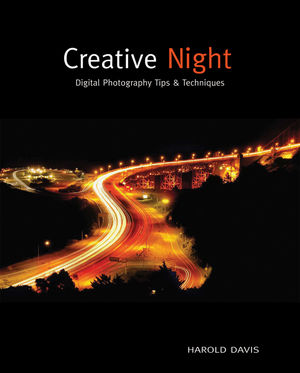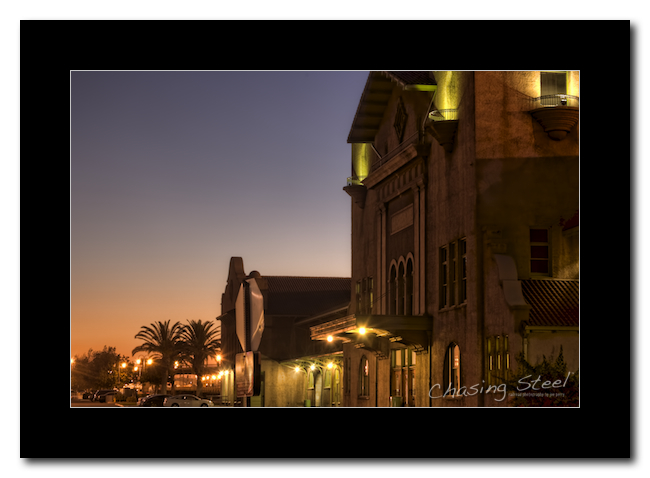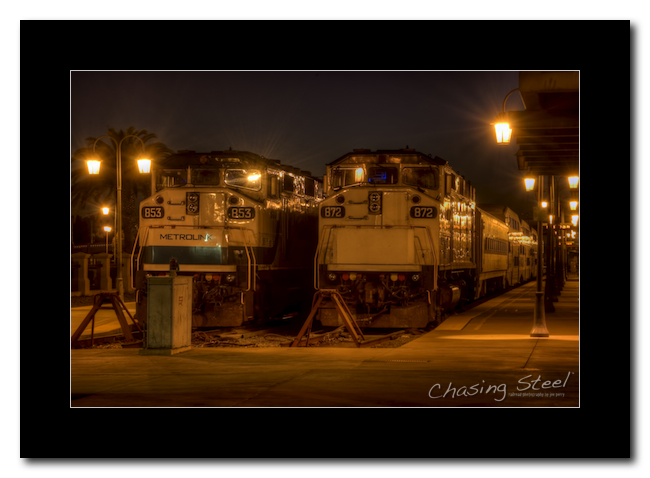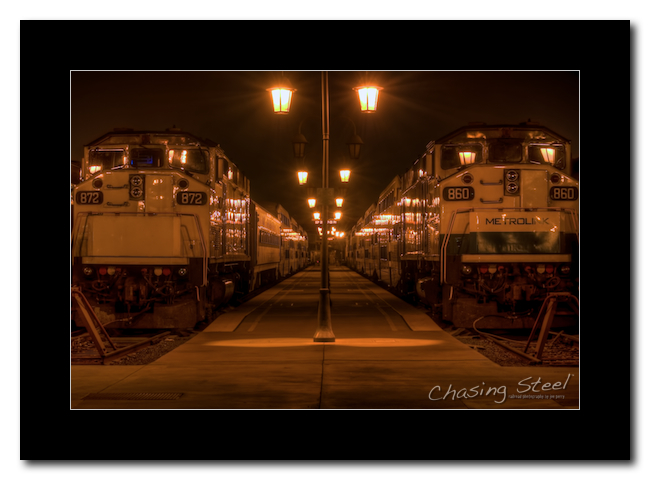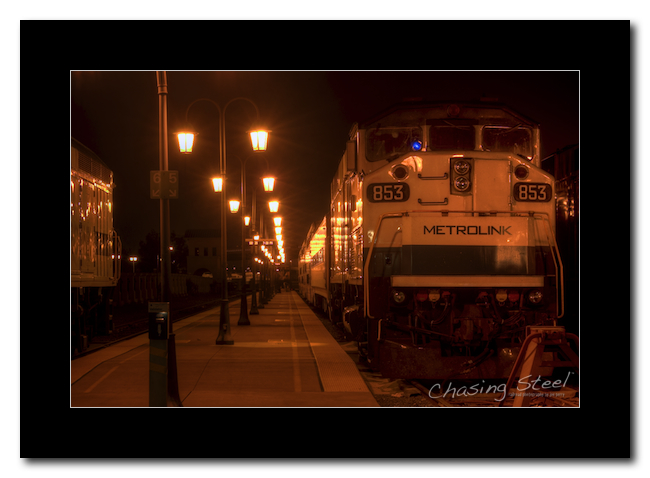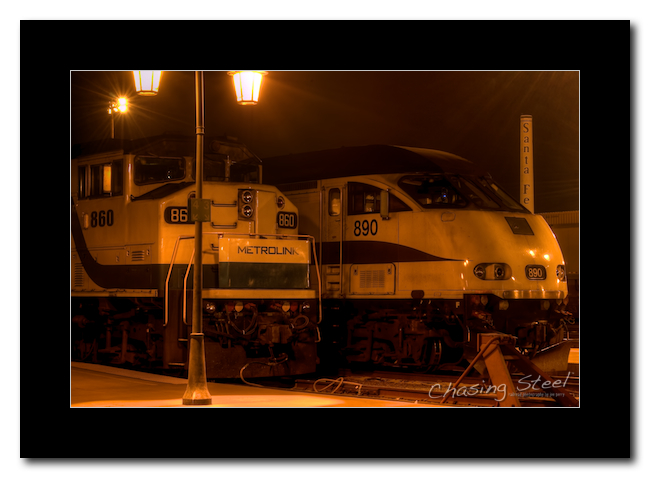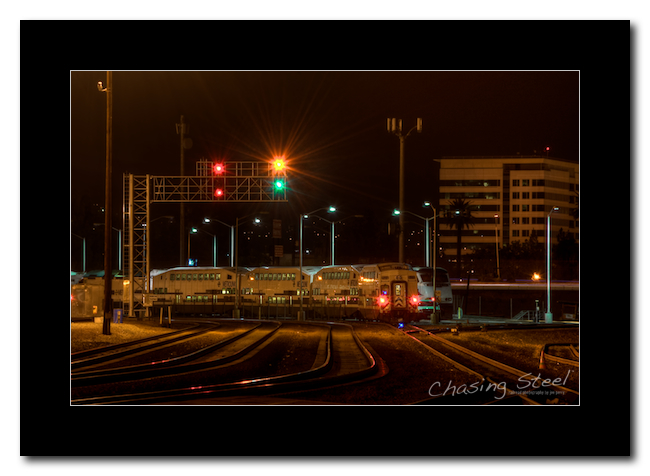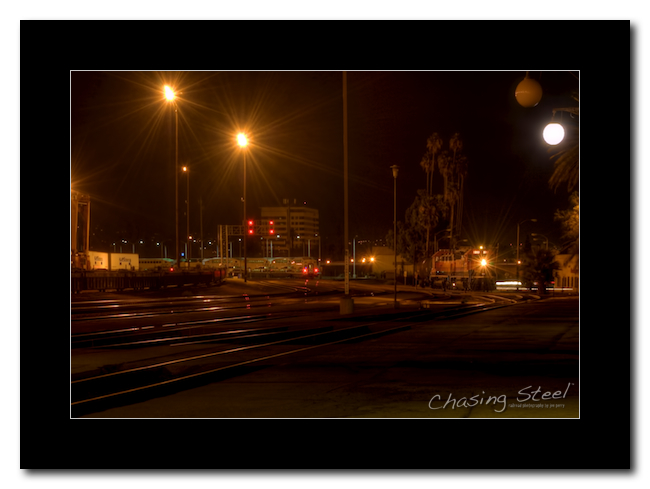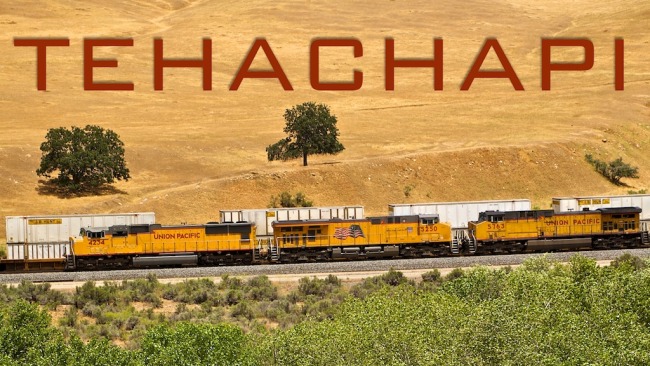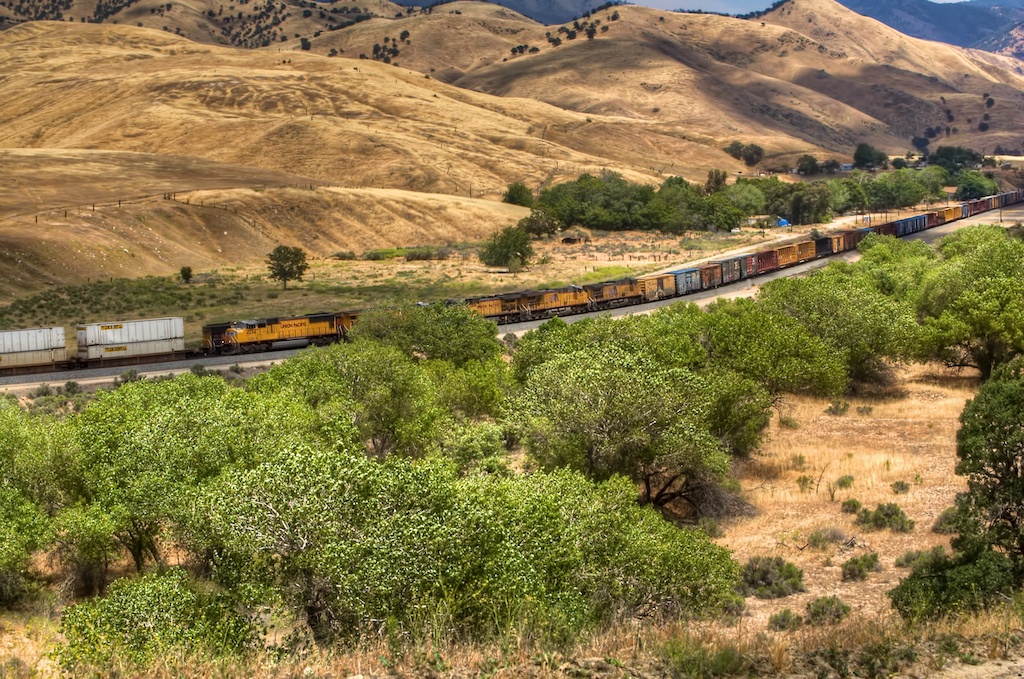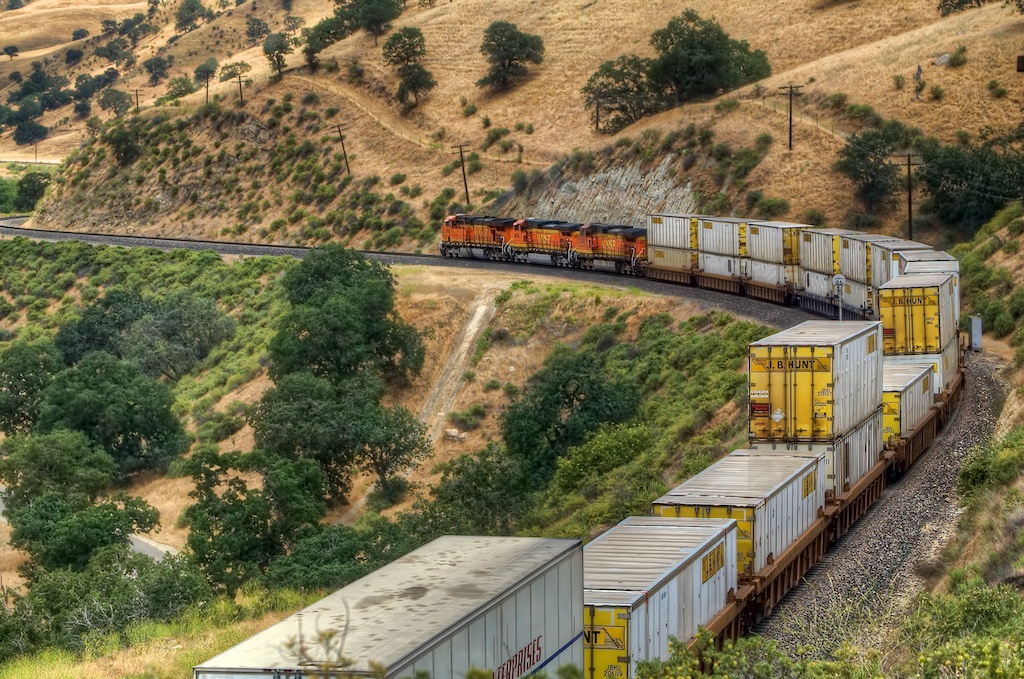An Idea Fueled With Passion Comes to Fruition in Stunning Fashion
Ah, rail-related daydreams, if you will, are part of the railfanning process I suspect. For me it was winning the lottery and buying the Loop Ranch, at the heart of the famed Tehachapi Loop near Keene, California, and opening a bed-and-breakfast for railfans from all over the world to enjoy. To date, that dream has not been realized. Perhaps it might, someday, if I play the lottery. (NOTE TO SELF: Buy a lottery ticket.)
How many times have we all passed a house, predominately in a rural community, and seen some railcar or two on the property perhaps serving as tool shed or a clubhouse? How about a caboose spending it’s final days as someone’s story waiting to be told? I think most railfans have dreamt, at one time or another, about acquiring a cool piece of rolling stock and doing something special with it.
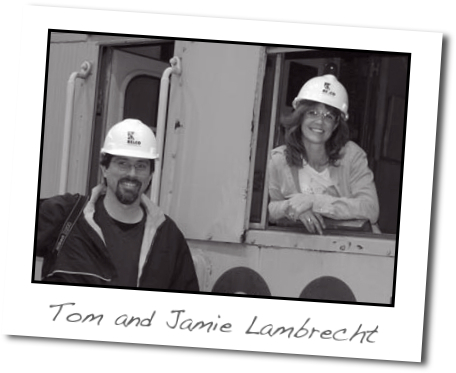 Photo used by permission. Copyright Tom Lambrecht/Bill ChristopherBack in February of 2010, I made a blog post about just such an effort. However, rather than a boxcar, a reefer, or even a caboose, a couple acquired a locomotive, restored it and then successfully converted it into a beautiful and amazing lodge! (You don’t see too many of those across the country!)
Photo used by permission. Copyright Tom Lambrecht/Bill ChristopherBack in February of 2010, I made a blog post about just such an effort. However, rather than a boxcar, a reefer, or even a caboose, a couple acquired a locomotive, restored it and then successfully converted it into a beautiful and amazing lodge! (You don’t see too many of those across the country!)
The couple, Jamie and Tom Lambrecht, have a shared passion for locomotives, which helps tremendously, I imagine, when you come home and tell your spouse, “I want to make a lodge out of a locomotive.”
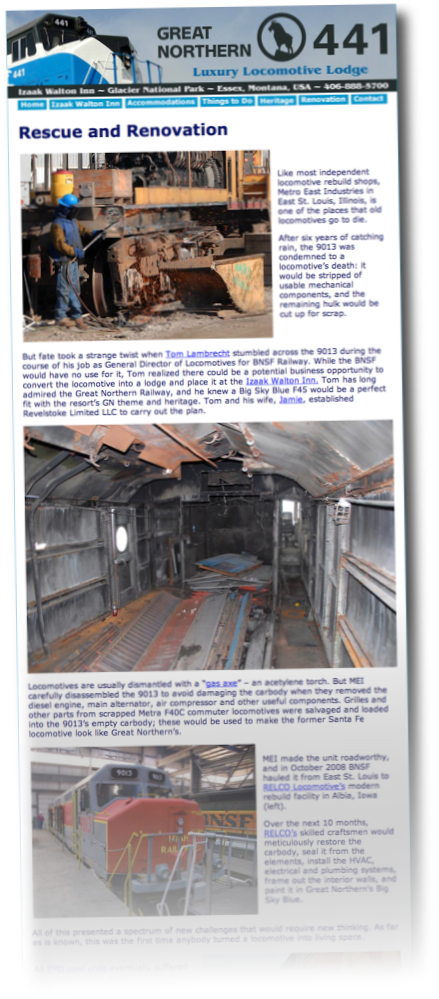 The amazing story of the GN 441’s rebirth with fascinating details and photos every step of the wayWhen I recently revisited the GN441.com website, I was excited to see that there were several posts detailing the story of how the GN 441 came to be.
The amazing story of the GN 441’s rebirth with fascinating details and photos every step of the wayWhen I recently revisited the GN441.com website, I was excited to see that there were several posts detailing the story of how the GN 441 came to be.
As I began to read the posts I became immersed in the challenges and struggles of realizing one’s rail restoration dream. The posts are extremely detailed and provide plenty of useful and interesting information.
Along with the superb written account there are many great photographs taken during each step of the way that afford the reader an inside look at locomotive construction in general and the various elements of the restoration process. I particularly enjoyed the section that show the shipment of the GN 441 from RELCO Locomotives, Inc. in Albia, Iowa, where the GN 441 was renovated, to Essex, Montana. There are some great photos showing the GN 441, in consist, at many cool locations along the way. I bet that was some trip in and of itself! (Talk about Chasing Steel!)
The story doesn’t end when the locomotive is restored and placed in it’s final location at the Izaak Walton Inn in Glacier National Park. Rather, that’s when Jamie steps-in and takes over the project to create an amazing interior that even the Great Northern would be proud of.
I encourage everyone to check out their story and once you read the posts, I think, that you too will appreciate all of the attention-to-detail and historical accuracy, where possible, that the Lambrechts paid to the entire undertaking.
I take my hat off to the Lambrechts and proclaim a “Job well done!” I am grateful that they had the vision, the fortitude to see it realized, and the resources to make it happen. Thanks to Jamie and Tom, there is a fine “warrior of the rails” for all to enjoy in a majestic place with a killer view of the tracks for a long time to come.
 BNSF,
BNSF,  GN441,
GN441,  Izaak Walton Inn,
Izaak Walton Inn,  Jamie and Tom Lambrechts,
Jamie and Tom Lambrechts,  Lodge,
Lodge,  Luxury,
Luxury,  Montana CATEGORIES:
Montana CATEGORIES:  Editorial,
Editorial,  News,
News,  Railroad Photography,
Railroad Photography,  Ramblings and Such,
Ramblings and Such,  Website
Website 
